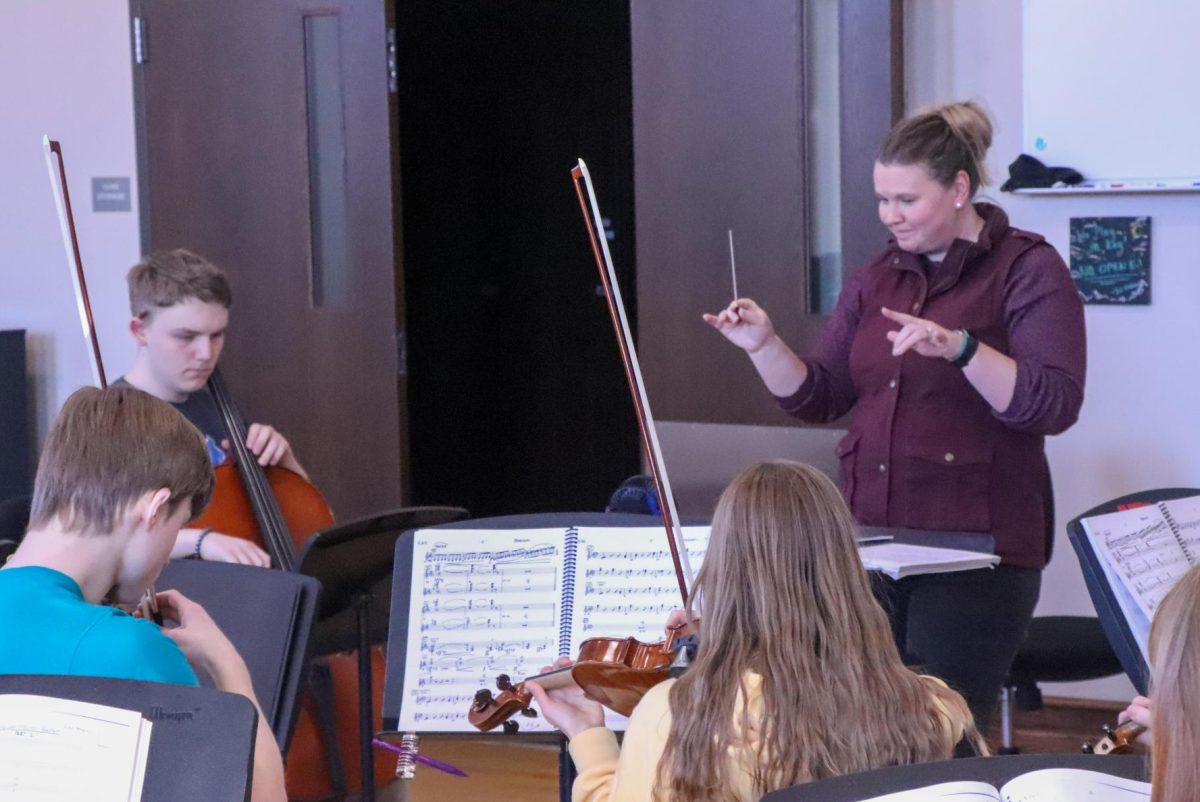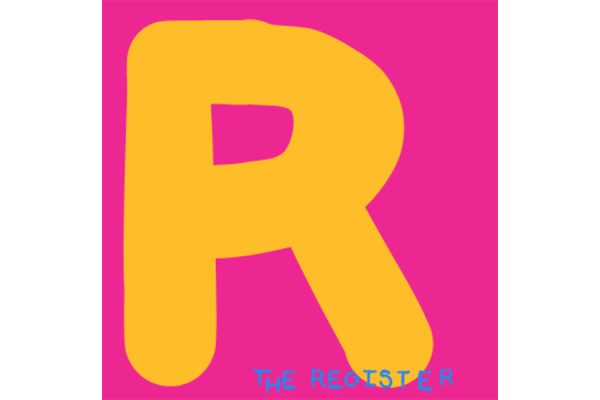Opportunity Costs…A Lot of Money
September 25, 2015
Student loan debt and the price of college has always been a hot button discussion topic in both political and public debates. However, despite all of these people talking the talk, one has yet to walk the walk with changing the state of student debt dragging down thousands of American citizens. The problem with student debt and the price of college has been staring most college students right in the face: the rent is just too damn high.
Most high school seniors can tell you about the stress of applying for scholarships and even the colleges themselves. While there is the fear of whether or not you’re getting accepted, there is also the fear of getting accepted and then realizing “Oh no, I can’t pay for all of this,” on top of that. This fear is what prompts almost all high school graduates to apply for scholarships or student aid to fund their future education. However, if they don’t qualify for any scholarships or their college denies them access to student aid then the graduate finds themselves in the predicament of how they’re going to essentially buy their education. Luckily, there is one way out of this predicament that most students end up going to: student loans. It’s a fairly simple concept, for those who don’t know the idea is the school gives you as much money as you need to fund your time at their university and after you graduate you owe them a debt that you must pay throughout the rest of your life. Seems pretty straightforward, right? Well, maybe not so much. Lately, controversy has arisen about the negative effects of student debt and how it’s dragging down over 40 million Americans.
The big problem with student debt is simple: there’s too much of it. Like waaay too much. The amount that students owe to the United States government has recently passed one trillion dollars. In 2010, student loans exceeded credit card debt ($843.1 billion) for the first time ever. Of those 40 million people in debt, over 7 million are in default. Which refers to when enough time has passed with no response to requests by the school or loan companies to consider the debt “defaulted” and is turned over to a Student Loan Guarantor or a collection agency. Basically it means 7 million people can’t afford to pay their student loans. Often these loans get so high that they aren’t fully paid off until people are in their 50s. Which means that they’ve been paying for four years of something that they experienced three decades ago and were told was something that every human had a right to have.
So this brings up another question about this whole predicament. Why is taking on multiple thousands of dollars the best idea for college entrees? Well, to reiterate: the price of college is just too damn high. In high school, the system is pretty straightforward; public schools are free however private schools can offer a better education while also costing a couple thousand dollars. But in the college world, everything is expensive. From state universities to private Jewish schools, everything will try its best to suck as much money out of your wallet no matter what the quality of education is. Which, frankly, doesn’t make sense with something that just about everyone in America needs to be successful. Many high school seniors know the feeling that if they don’t go to college then they won’t be successful. But that simply isn’t the case, or at least it shouldn’t be. Many people have been successful in life without a college degree. However now it’s almost impossible to get a job without a degree of any kind other than a GED backing you up. This makes just about every high school senior feel pressured to get into college in any way possible. Even if it means taking on thousands of dollars in loans.
While at first the broken system of college prices and student loans seems too big and complex to take on, many people and institutions have found reasonable solutions to the problem. In the US, some Ivy League schools have implemented “need-blind admission”. For those who don’t know, need-blind admission refers to when colleges read over your academic ability and resume without looking at your financial position. This forces colleges to consider admitting students without worrying about how much they’ll have to pay for financial aid. Some schools that do this include Harvard, Princeton, Yale, MIT, and Amherst. Other than need-blind admission, some presidential candidates are bringing their ideas about student debt to the debate table. The biggest candidate to bring this up is Democratic candidate Bernie Sanders, who believes colleges should follow the community college system, where the college gets its money from government funding rather than student money. Many countries in Europe also follow this system and Sanders points to them as an example. It’s very possible that we can learn from those little countries across the pond and their very effective educational systems. Maybe someday we can learn enough so that our college freshmen won’t stress themselves to death over the next four (or more) years of their life.




















































